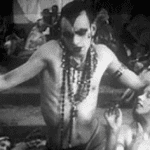 History
History  History
History  Weird Stuff
Weird Stuff 10 Superstitious Beliefs That Once Consumed Entire Cultures
 History
History 10 Bizarre Friendly Fire Incidents in Military History
 Technology
Technology 10 Modern Technologies That Accidentally Imitate Ancient Magic
 Mysteries
Mysteries 10 Mysteries of the Human Genome
 Weird Stuff
Weird Stuff 10 Things So Rare They’ve Only Been Found Once
 History
History 10 Legends Whose Last Moments Undid Their Glory
 Health
Health 10 Futuristic Ideas to Treat Common Medical Problems
 Weird Stuff
Weird Stuff Ten Surreal Attempts to Reverse Baldness
 Facts
Facts 10 U.S. Government Contingency Plans for the Unthinkable
 History
History 10 Odd Things Colonial Americans Kept at Home
 Weird Stuff
Weird Stuff 10 Superstitious Beliefs That Once Consumed Entire Cultures
 History
History 10 Bizarre Friendly Fire Incidents in Military History
Who's Behind Listverse?

Jamie Frater
Head Editor
Jamie founded Listverse due to an insatiable desire to share fascinating, obscure, and bizarre facts. He has been a guest speaker on numerous national radio and television stations and is a five time published author.
More About Us Technology
Technology 10 Modern Technologies That Accidentally Imitate Ancient Magic
 Mysteries
Mysteries 10 Mysteries of the Human Genome
 Weird Stuff
Weird Stuff 10 Things So Rare They’ve Only Been Found Once
 History
History 10 Legends Whose Last Moments Undid Their Glory
 Health
Health 10 Futuristic Ideas to Treat Common Medical Problems
 Weird Stuff
Weird Stuff Ten Surreal Attempts to Reverse Baldness
 Facts
Facts 10 U.S. Government Contingency Plans for the Unthinkable
10 Ways Alcohol Created Modern Society
Humans have always had a close relationship with alcohol, and the United States even has a holiday commemorating the repeal of Prohibition. Alcohol shaped our history, our culture, and our biology—sometimes in pretty surprising ways.
10We Evolved To Drink
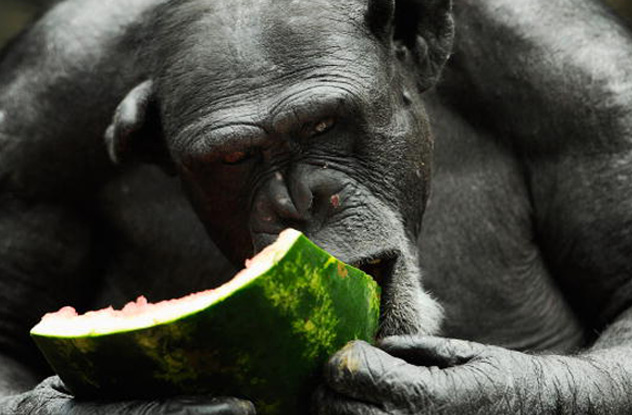
In our bodies today, an enzyme called ADH4 processes whatever alcohol we consume. Other primates have the enzyme, but it acts differently in many of them—and many of them can’t process alcohol like we can.
Chemist Steven Benner, recreating enzymes present in our earliest ancestors, noted different types of ADH4 along our evolutionary tree. He traced our version back to a split in the tree 10 million years ago, when the gorilla and the ancestors of the chimpanzee branched off from other primates like lemurs and the orangutan. One branch—that we’re still on—developed the ability to process alcohol. Our group of primates spent more time on the ground eating fallen fruit that had begun to ferment, as opposed to picking fruit fresh from where it grew.
Though there’s still no concrete fossil evidence from our last common ancestor with the gorilla, we know one thing about them: They had the first awesome holiday parties.
9The Face Of World Politics
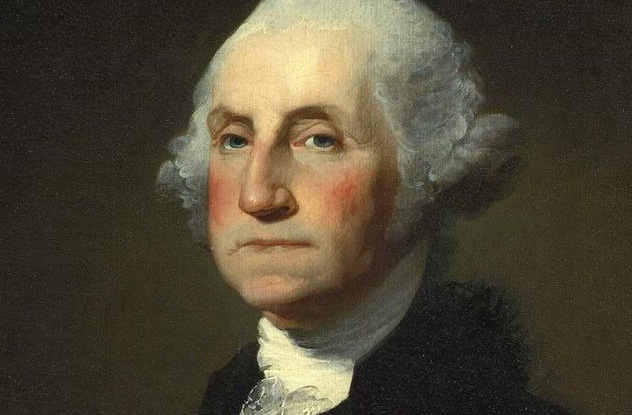
Every politician makes promises. It’s in their job description. But in the good old days, they offered something more concrete: Candidates handed out alcohol in return for votes.
The practice dates back to ancient Greece and Rome, and it’s been recorded throughout Europe’s history as well. It then stayed around longer than you might think. George Washington’s first attempt at running for office (in the Virginia House of Burgesses) was a failure; on his next attempt, he won, after giving out about half a gallon of alcohol for each vote. A century later, the Republican Party elevated the idea, treating 50,000 of Brooklyn’s citizens to an alcohol-laden picnic.
Some attempts failed, however, leading to important life lessons for 19th-century politicians. Stephen Douglas learned the hard way that if you’re expecting 20,000–30,000 people to show up for your party, make sure you have enough booze to go around. After the food and alcohol ran low at his New York bash, the whole thing turned into a massive pushing and shoving match. Voters went away still hungry and thirsty, and when they went to the polls, they voted instead for some man named Abraham Lincoln.
8The Booming Cork Business
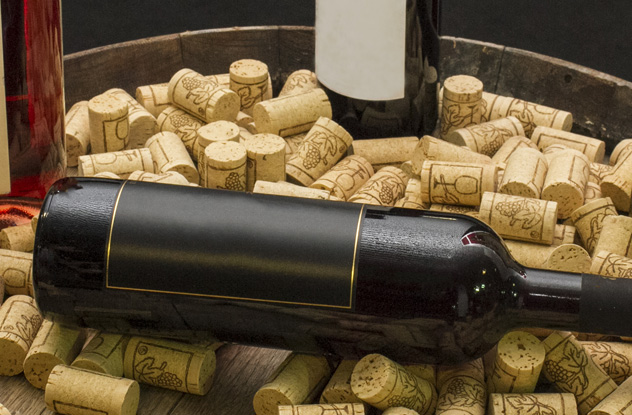
Besides brewing and distilling, the alcohol industry is responsible for another business worth $2 billion—cork production.
High-quality cork is needed to preserve the taste and quality of wine. Cork bark needs to be a certain thickness to be effective, but global warming is changing the trees responsible for the material. Cork is now thinner and of lower quality because trees lack vital proteins.
Wine enthusiasts are up in arms about the need for better-quality corks. They’re starting to look toward metal screw caps or rubber stoppers instead, leaving the fate of the cork industry up in the air.
7American Rum And The Revolution

Schools teach us that the colonists living in America rebelled because of unfair taxation, which is a pretty accurate statement. They also teach that a tax on tea fired the colonists up, culminating in 1773’s Boston Tea Party. In reality, it didn’t all start there. First came a tax on molasses—molasses used for making rum.
Rum was a hugely popular drink in the American colonies, with hundreds of distilleries all manufacturing their syrupy version of the Caribbean drink. As North America’s climate was ill-suited for growing sugar, most of it was imported, to the tune of about six million gallons of molasses in 1770.
Molasses and sugar came from British- and French-ruled areas. To secure trade for themselves, the British used the Molasses Act of 1733 to slap a heavy tax on molasses that didn’t come from their own colonies. A revised act in 1764 imposed the tax on both sugar and molasses, allowing for the seizure of any cargo imported in violation of the law.
Suddenly, tax was having a very real impact on the success of a major colonial business, leading to the beginning of the rebellion against the idea of taxation without representation.
6Pasteurization And Alcohol
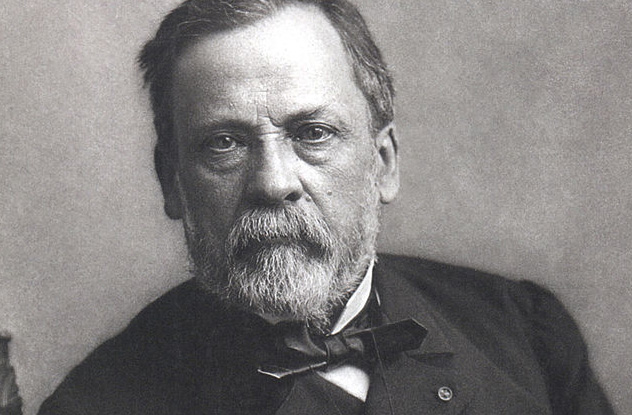
When Louis Pasteur invented pasteurization, he wasn’t trying to make safer milk. He was trying to solve the problems of local wineries, distilleries, and breweries.
Pasteur was a chemistry professor and the Dean of the Faculte de Sciencies in France. His work in bacteria and fermentation started when a local man approached him about problems with his beet sugar distillery. Sometimes, his product came out fine. Other times, it produced sour lactic acid.
Examining the processes, Pasteur determined the product was being contaminated by germs in the air. For the first time, he proved that a living thing—bacteria—caused the reaction. He responded by introducing processes for heating, boiling, and creating pure yeast cultures. This not only revolutionized wine and beer but made many other foods safer to eat.
5Christianity And Alcohol
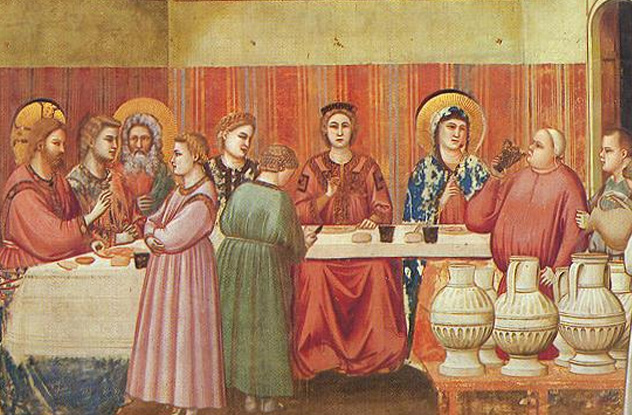
The New Testament is pretty explicit about approving of alcohol. Jesus and the Apostles all drank wine, and according to St. Paul, wine is a gift from God. Paul also said that wine should be enjoyed but not abused, and abstinence is better than alcoholism.
While it seems like that should end all disputes on the matter, some Christians argue that the wine of the New Testament is actually non-alcoholic grape juice. They argue this even though the same Hebrew words describe Christ’s wine and the wine that got Noah drunk and naked.
One of the first things the Puritans did in the New World was build some breweries, but some Baptist and Methodist groups call drinking and alcohol evil. Abstaining from alcohol is a big consideration in the Mormon belief system. Other groups, like the Evangelicals, have recently begun lifting bans on the consumption of alcohol in some of their schools—by instructors, anyway.
4The Ancient Drinking Age Debate

In ancient Egypt, from around 4000 B.C., writings reminded mothers to include a healthy serving of beer when sending children off to school. The idea that we needed to keep alcohol from younger generation started later, with Plato.
In his Laws, written about 360 B.C., Plato described a soul having tasted alcohol as being made of fire and iron. Anyone younger than 18 wasn’t ready for the responsibility that needed to go along with enjoying this most godly of pleasures. He also outlined guidelines for how much you should drink. Once you were 18, you could certainly drink, but it was also important that you didn’t drink too much. By the time you were 40, however, you were free to honor Dionysus above all other gods. Alcohol would help you forget sorrow, renew youth, and soften the hard edges that came with age.
Plato also went a step further in his Republic, saying that young men needed to be coached on how to drink properly. They should be trained at formal dinners about how to behave while drinking and what their limits were.
3The Tavern Guided America’s Political Landscape
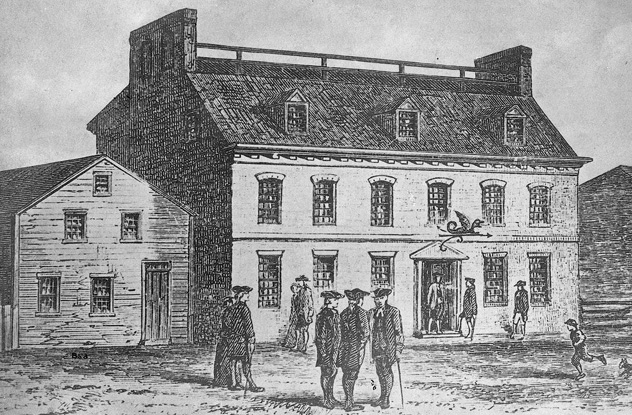
When taverns were first built in American colonial cities, people from all walks of life went there to drink and compare notes. As America grew and the class division became more evident, divisions in tavern culture followed suit. In taverns such as Boston’s Green Dragon, plans were hatched to form this entirely new nation. By this time, taverns were a male-dominated world, so a lot of decisions happened without a female voice.
Taverns were also divided ethnically. There were Irish pubs, there were German taverns, and other drinking establishments catered to other particular immigrant groups. That meant taverns and pubs were highly visible targets when someone wanted to make a statement against a particular group. In the 1850s, cities closed taverns on Sundays, effectively eliminating the only public meeting house that the immigrant community had on their one day off. Law enforcement would often use taverns to send messages, shutting down establishments frequented by one group or another.
2The Start Of The Gay Rights Movement
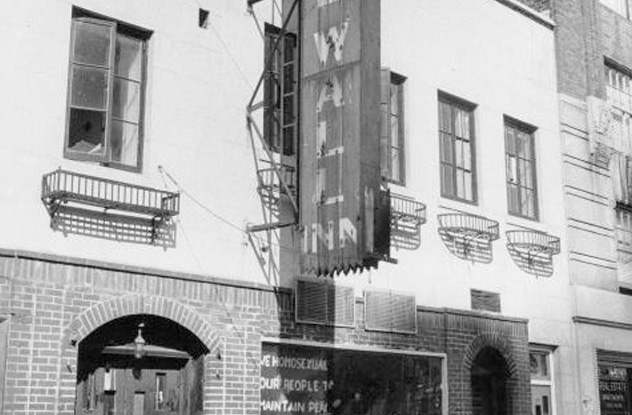
Taverns and bars are meeting places even today. In the late 1960s, though, the drinking culture of America looked pretty different. In New York State, places that served a gay clientele were often denied permits to sell alcohol. Most of these taverns and bars kept operating, though, many striking deals with law enforcement to keep their doors open.
On June 27, 1969, police raided one such tavern, the Stonewall Inn. They arrested 13 people. Over the course of the next six days, protesters took to the streets. Other gay clubs had already been closed, and the attack on the Stonewall was the last straw. Stonewall was more than just a bar: It was a place where young people with no family (usually kicked out by parents in denial over having a gay child) could go to be accepted. The attack on the Stonewall was viewed as an attack on the community.
In time, riot squads were dispatched to deal with the crowds, which numbered in the thousands. On the heels of the Stonewall Inn’s arrests came the formation of the LGBT rights groups, as well as the first gay pride parade—held a year after the bar’s clientele faced off with police.
1No Alcohol? No Utopia.
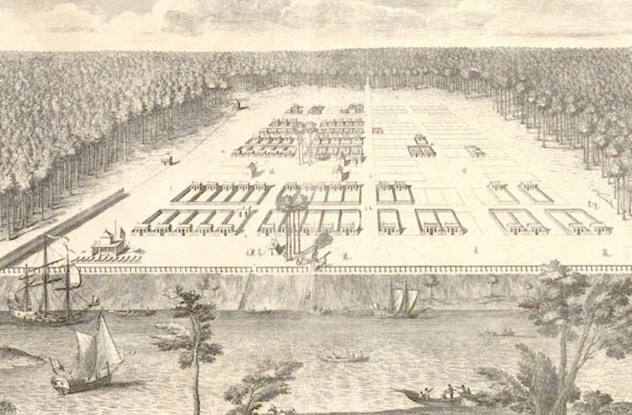
In 1732, the American colonies contained English land to the north, Spanish-held Florida, and a gap between their borders. Wanting to develop something of a buffer between the two, King George agreed to a rather forward-thinking plan put forward by General James Ogelthorpe.
Oglethorpe asked the king to release many poor English citizens languishing in debtors’ prison. He would take them to the New World, giving them a chance at a new life in his Province of Georgia. Along the way, Oglethorpe was determined to avoid the mistakes he saw the colonies making. In his utopian paradise, there would be no handful of wealthy landowners. Instead, the land would be divided equally among the settlers (50 acres each), and selling it was forbidden. Slavery was forbidden, too. He wanted a state where everyone was equal.
He also banned alcohol. Many in debtors’ prison had gotten there because of alcohol.
The buffer zone succeeded in keeping the Spanish from expanding northward, but that was its only success. The 2,800 people who settled in the area imported slaves from farms to the North. They ignored—or ranted about—the land they had been given. They grew angry that the promises of a flourishing silk industry failed. And they really, really didn’t like the idea of the alcohol ban. Settlers drank openly, and Oglethorpe soon found that there was absolutely nothing he could do about it.
His grand plan for a utopian society of self-sustaining equality collapsed on itself, and England revoked their relative independence in 1752. We like to think that everyone had a drink when they found out.

